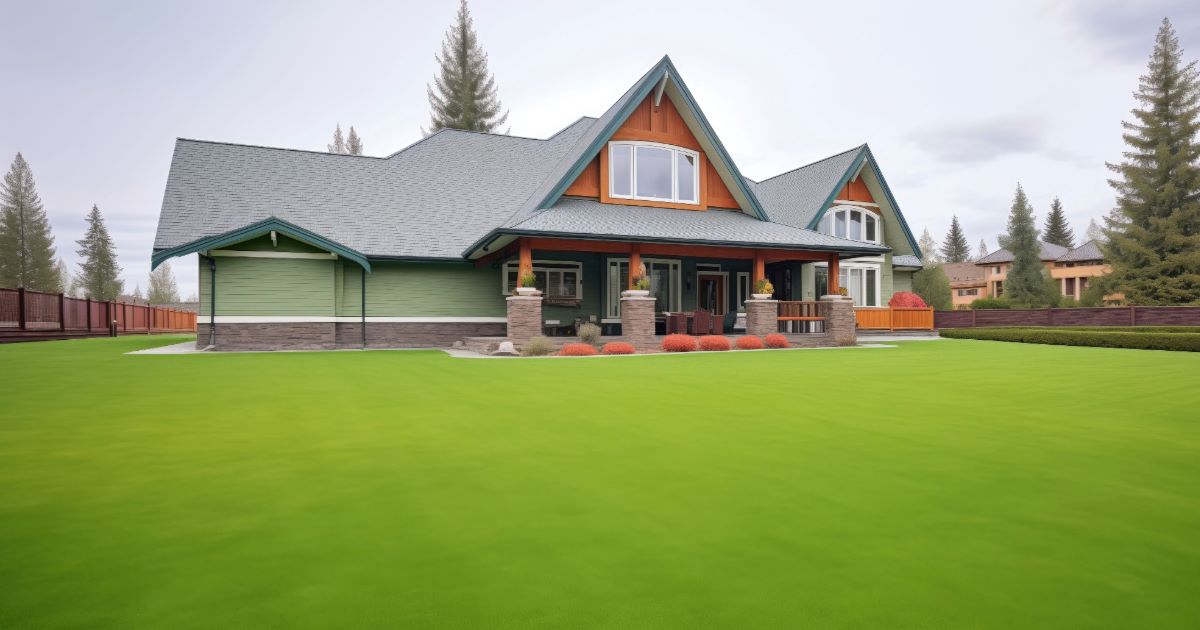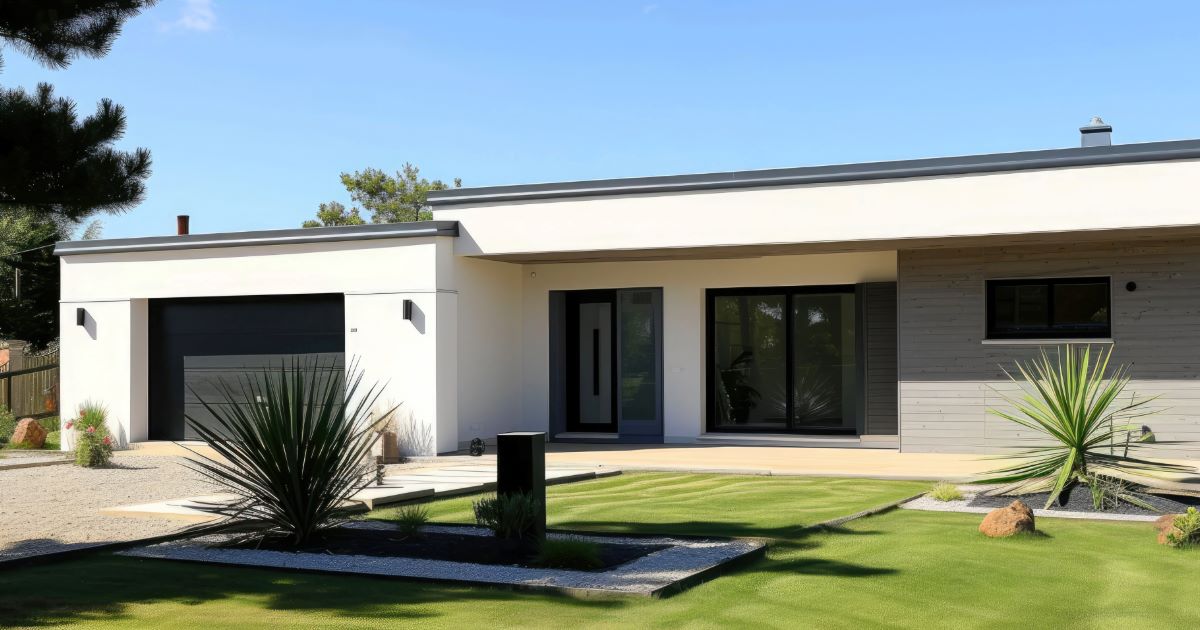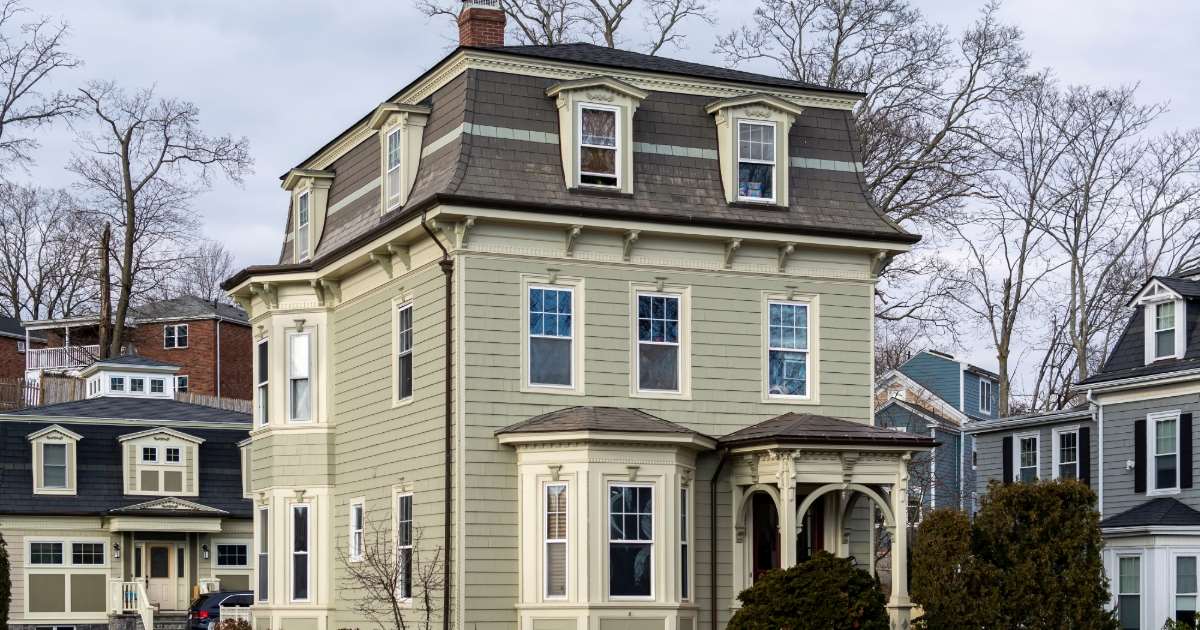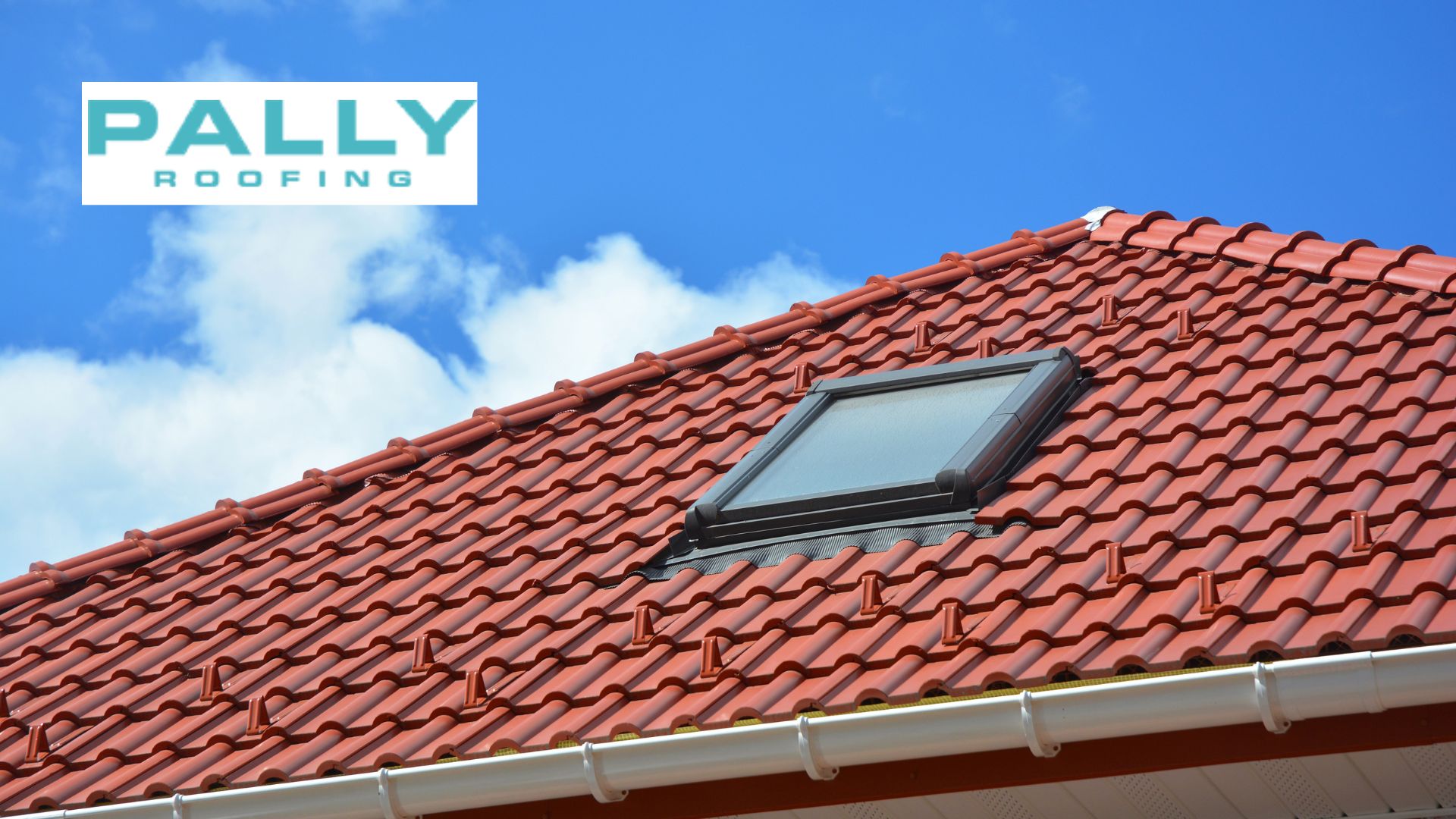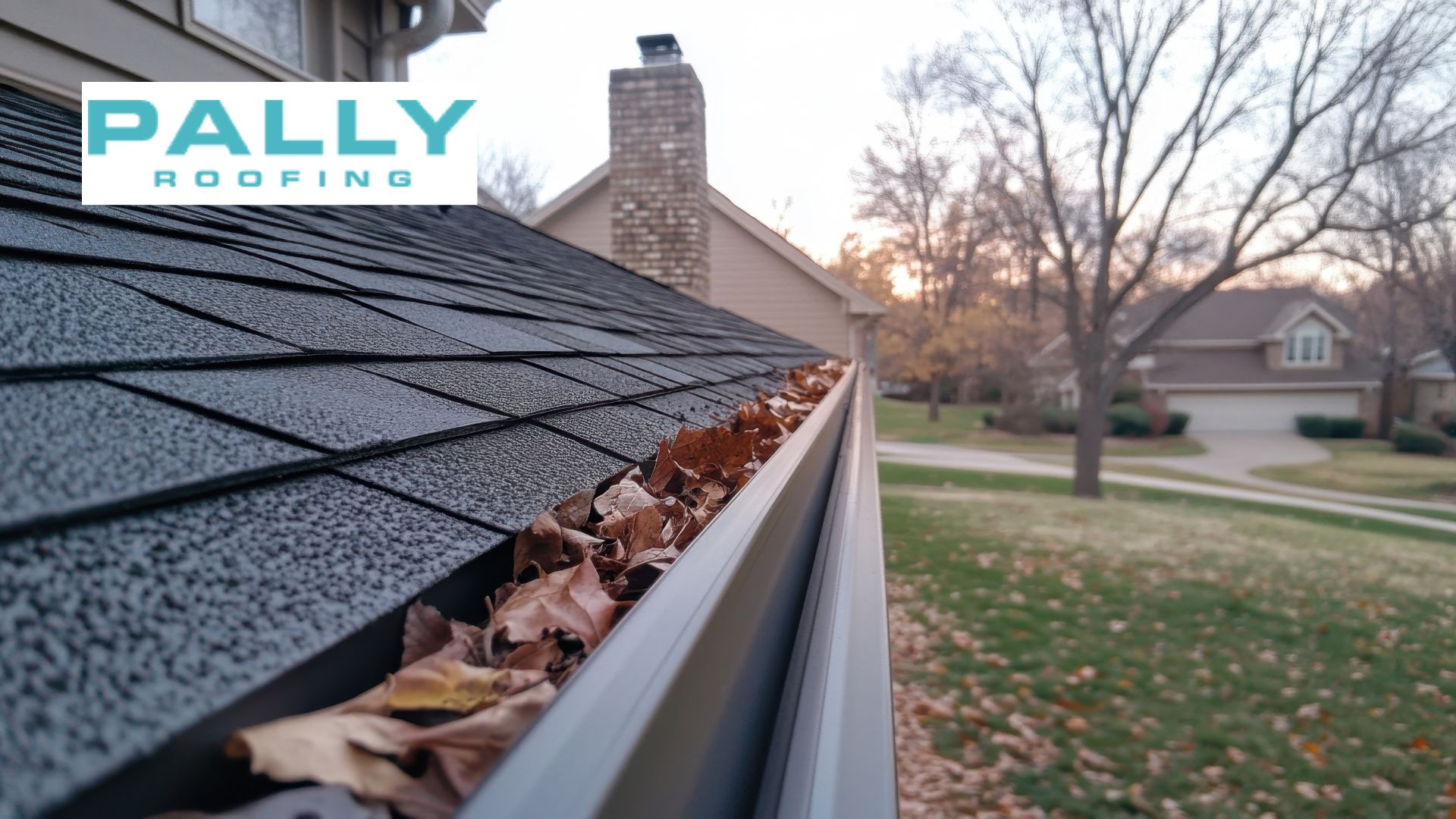Last updated on August 27th, 2024 at 12:44 am
Selecting the best roof installation is crucial for ensuring the longevity and performance of your roof. A well-installed roof not only enhances the aesthetic appeal of your property but also provides essential protection against the elements. Whether you’re a homeowner or managing a commercial property, investing in reliable roofing can prevent costly repairs and extend the life of your roof.
Table of Contents
This article provides essential tips for choosing the best roof installation. By following these guidelines, you can make an informed decision that will ensure a successful and stress-free roofing project.
Welcome to Pally Roofing, your trusted roofing solution! Our expert team is dedicated to providing top-tier services, including asphalt and metal roof installation, gutter installation and repair.
Understanding Your Roofing Needs
- Assessing the Type of Roofing You Need:
- Residential vs. Commercial: Determine whether your project is for a residential or commercial property. Residential roofs often require different materials and design considerations compared to commercial roofs. Residential roofing might prioritize aesthetics and energy efficiency, while commercial roofing may focus on durability and cost-effectiveness.
- Material Preferences: Consider your preferences for roofing materials. Options include asphalt shingles, metal roofing, tile, and more. Each material has its appearance, durability, and maintenance benefits. Choose based on factors such as climate, budget, and the desired look of your roof.
- Evaluating the Scope of the Project:
- New Installation vs. Replacement: Decide if you need a new roof installation or a replacement. New installations are typically for new buildings or significant remodels, while replacements are for existing roofs that have deteriorated or are outdated. A new installation might involve different planning and preparation than a replacement, which focuses on removing and replacing the old roof.
By clearly understanding your roofing needs and project scope, you can better communicate your requirements to contractors and ensure you get the right solution for your property.
Roof Installation: Major Types and Their Installation Processes
1. Gable Roof
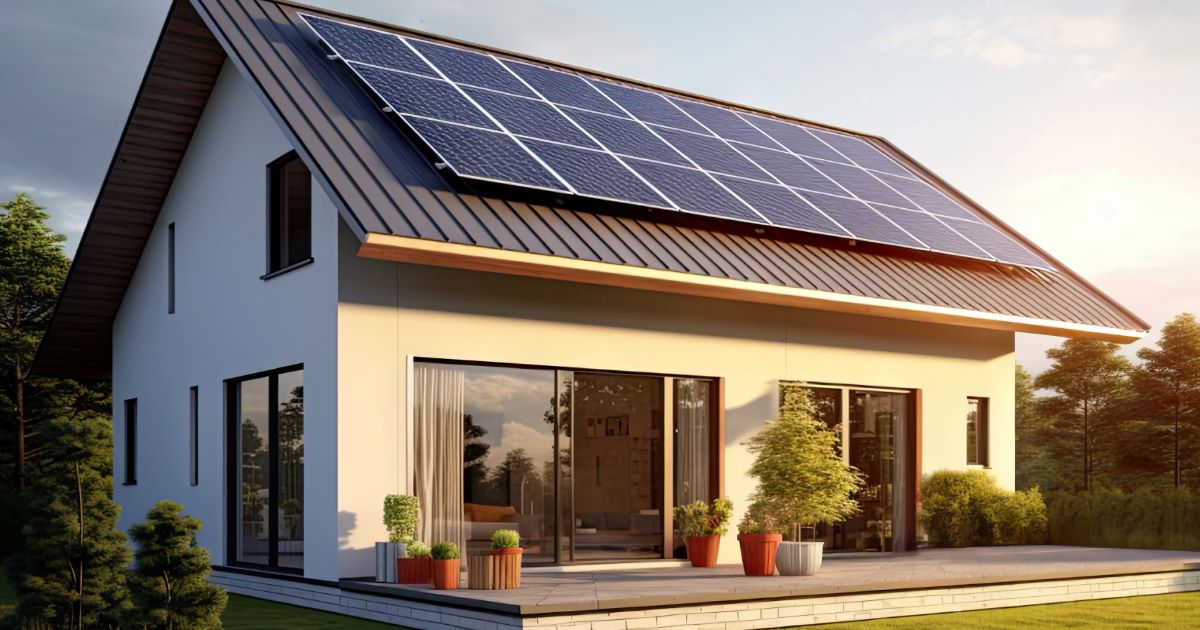
- Description: A gable roof is one of the most common roof types. It features two sloping sides that meet at a central ridge and form a triangular shape, which is excellent for shedding water and snow.
- Installation:
- Framing: Construct the roof frame using trusses or rafters, ensuring they are correctly spaced and aligned.
- Sheathing: Install plywood or OSB sheathing over the frame.
- Underlayment: Lay down a waterproof underlayment, such as roofing felt or synthetic membrane.
- Shingles or Tiles: Install shingles, tiles, or metal sheets starting from the bottom and working upwards.
- Ridge Cap: Finish with a ridge cap to seal the peak.
2. Hip Roof

- Description: A hip roof has four sloping sides that come together at a ridge. It is more stable and durable than a gable roof, making it ideal for areas with high winds or heavy snowfall.
- Installation:
- Framing: Build the roof frame with rafters or trusses, ensuring all four sides slope towards the center.
- Sheathing: Cover the frame with plywood or OSB sheathing.
- Underlayment: Apply a waterproof underlayment across the entire roof surface.
- Roofing Material: Install shingles, tiles, or metal roofing, starting at the bottom and working up each slope.
- Ridge Cap: Install a ridge cap along the top ridge to provide a finished look and seal.
3. Flat Roof

- Description: Flat roofs are often used in commercial buildings and modern homes. Though not completely flat, they have a slight pitch for drainage. They are usually covered with a waterproof membrane.
- Installation:
- Framing: Construct a level frame using joists or trusses.
- Sheathing: Install plywood or OSB sheathing over the frame.
- Slope Installation: Add a slight slope using insulation or tapered materials to ensure water drainage.
- Underlayment: Apply a base layer of waterproof underlayment.
- Roof Membrane: Install a waterproof membrane, such as TPO, EPDM, or modified bitumen, using adhesives or heat welding.
- Flashing: Install flashing around edges and penetrations to prevent water infiltration.
4. Mansard Roof

- Description: A Mansard roof has four sides, each with two slopes. The lower slope is steeper than the upper one, creating additional living space or attic storage. It is a hallmark of French architecture.
- Installation:
- Framing: Construct the roof frame with two slopes on each side using rafters or trusses.
- Sheathing: Cover the frame with plywood or OSB sheathing.
- Underlayment: Apply a waterproof underlayment over the sheathing.
- Roofing Material: Install shingles, tiles, or metal sheets starting from the bottom of the lower slope and moving upwards.
- Flashing and Ridge Cap: Install flashing at transitions between slopes and finish with a ridge cap.
5. Butterfly Roof

- Description: A butterfly roof is characterized by two inward-sloping sides that meet in the middle, forming a central valley. It is often used in modern and eco-friendly homes, allowing for large windows and rainwater harvesting.
- Installation:
- Framing: Build the frame with rafters or trusses, ensuring the slopes angle inward towards the central valley.
- Sheathing: Install plywood or OSB sheathing over the frame.
- Underlayment: Apply a waterproof underlayment across the roof.
- Roofing Material: Install shingles, tiles, or metal sheets, starting from the edges and working towards the center.
- Valley Lining: Line the central valley with a waterproof membrane to prevent leaks.
- Gutter Installation: Install a gutter or rainwater collection system at the valley to handle water runoff.
Each roof type offers unique advantages and challenges, and the installation process should be tailored to the specific roof design and local climate conditions.
Conclusion
Choosing the right type of roof is crucial for the aesthetic appeal and durability of your home or commercial building. Whether you prefer the classic look of a gable roof, the stability of a hip roof, or the modern appeal of a butterfly roof, each style requires careful installation to ensure long-lasting protection.
At Pally Roofing, we specialize in various types of roof installation, offering expert craftsmanship and quality materials to suit your needs. Trust our experienced team to provide a roof that not only enhances the beauty of your property but also stands up to the elements for years to come.
Author
-

With more than 16 years of hands-on experience, Phillip Schmucker is the knowledgeable owner of Pally Roofing. His dedication to superior roofing services has earned him a reputable place in the industry. Phillip also shares his extensive expertise through writing, providing readers with practical tips and professional advice on various roofing topics. Follow him on LinkedIn.
View all posts

